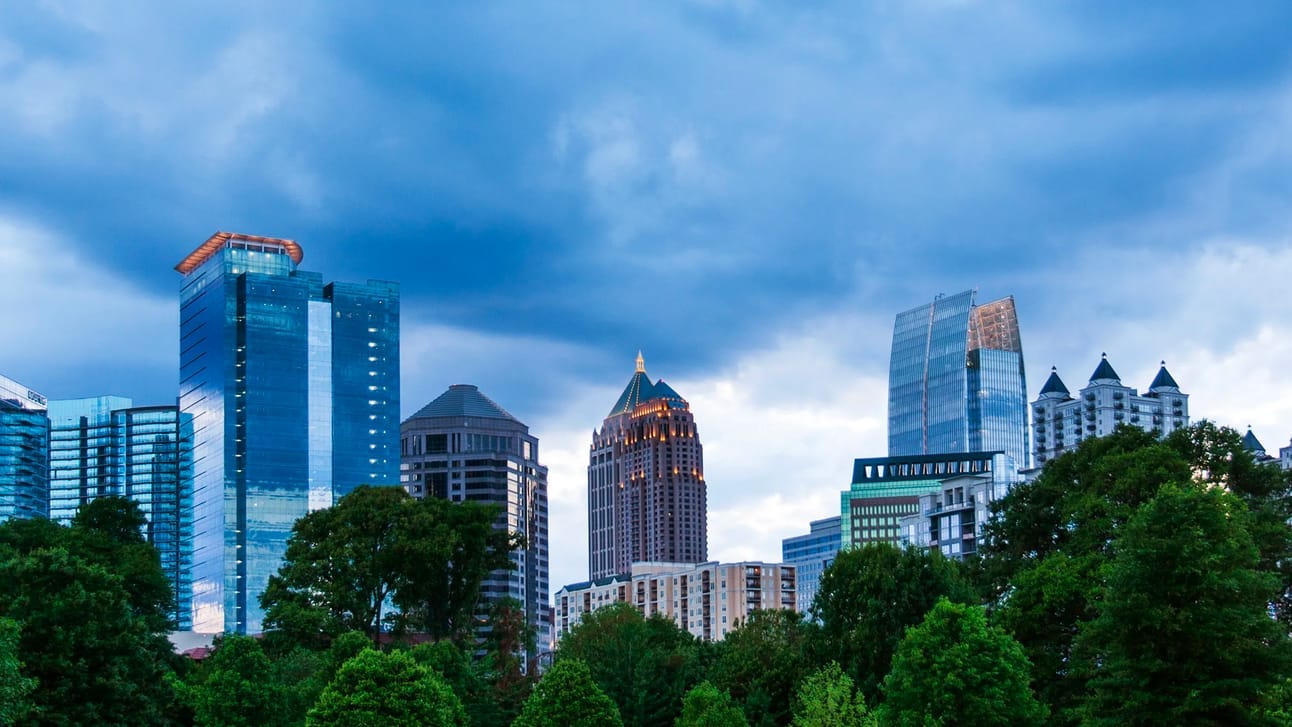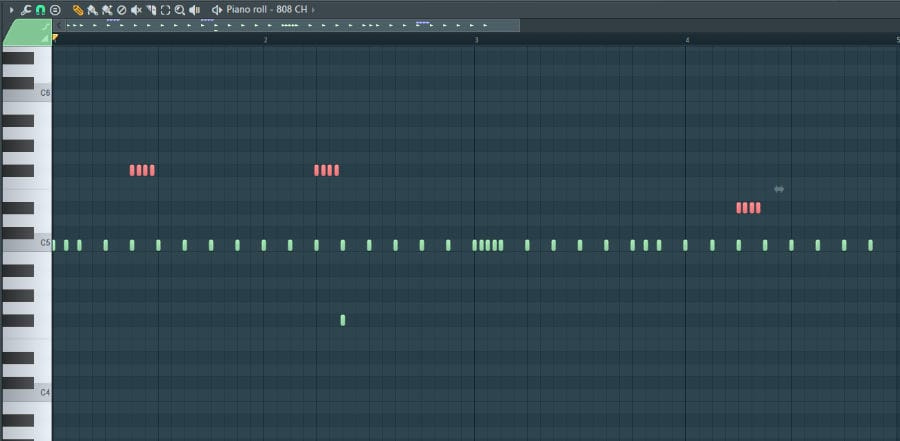Welcome back to Bian’s Studio. This week’s primary topic is the origins and evolution of trap music. As a longtime fan of melodic rap and trap, some of my own beat making processes are influenced by the genre and its distinct styles. I think it’s worth observing how contemporary trap came to be, and where it stands today in the music industry.
Within the context of this article, the term "trap" pertains specifically to the hip-hop subgenre, rather than its counterpart in EDM and electronic music. It is crucial to recognize that despite the shared name, these two genres are profoundly different. Electronic trap is fundamentally rooted in the domain of EDM, with elements of future bass and dubstep. One may associate it with the popular music promoter and playlist service Trap Nation that gained popularity through reposting electronic tracks on their YouTube channel. On the other hand, rap trap finds its origins in the South, notably flourishing in urban centers such as Atlanta, GA and Houston, TX. Eminent artists include Young Thug and Future, who pioneered the very genre and propelled it to international prominence we see today.
However, even within the context of "rap trap," the term's definition has become increasingly vague in modern times. The origins of the word itself can be traced back to the informal phrase "trap house," which historically referred to houses dedicated to the production or trade of illicit drugs in project neighborhoods of Atlanta. According to this original definition, the content of the lyrics also matter, as one notes that the trap lyrics “often focus on drug use and urban violence.” Today’s trap music, however, seems to be defined solely from the production standpoint. There are several notable characteristics to trap beats today:
Generally fast tempo: Typically >120 bpm
Aggressive hi-hat patterns: Filled in every 2 steps, with occasional triple (or more) rolls. The hi-hats are audibly noticeable
Punchy 808s and kicks: 808 drums are audible and are often boosted
Dark / ominous piano
Futuristic synths: Lots of sounds from Omnisphere
Signature producer tags: Wheezy Outta Here!
Melodic (and sometimes syrupy) vocals: Generally melodic, with use of autotune
Almost always exclusively on FL Studio
If you’d ever seen the "Deconstructed" series by Genius, you'll likely have noticed common patterns and techniques among numerous producers. One such technique involves the use of half-time effect on Gross Beat, now a well-known industry “hack” when it comes to mixing tracks. Another funny trend I observed is the producers’ over reliance on their laptop, even when situated inside a fully-equipped studio environment. This is what I imagine most trap production today looks like. Producers rarely ever need a studio and recording equipment to produce a beat, because everything can be done digitally. Hence the popularity of FL Studio (over other products like Logic Pro or Ableton Live), a pattern-based DAW known best for its high-quality piano roll (yet a poor recording system). From my own experience, I've found that producing trap music is exceptionally well-suited for a laptop-based setup. Writing a country or folk song solely with virtual plugins might prove implausible, yet the exact approach seems to be the prevailing norm for this genre.
Trap seems to have been popularized in mainstream since the rise of Nick Mira and Internet Money Records. The growing influence of Atlanta-based groups like YSL Records also played a significant role. While I lack numerical data to back my claim, it feels like trap replaced EDM’s popularity in mainstream audience somewhere around 2018. I dismiss the notion of trap music ever truly fading away; rather, it is poised to undergo continuous evolution. Playboi Carti's discography well reflects the progression of trap and introduction of new sounds in the genre pretty well, in my view.
New Releases & Artist Update
This week, I spent most of my time practicing the piano, and relearning one of my favorite pieces of all time: Debussy’s Arabesque No.1. I was able to record it yesterday and I’m pretty happy with the result.
It’s been a while since I put out an album on my main artist page, and I am experimenting with different sounds and mixes that could potentially end up on my next album. For the past few weeks, I was intentionally away from opening my DAW. I was more focused on marketing / promoting my music (launching this newsletter was part of the effort) and building my piano repertoire. I am now looking to get back into full production, and curating a new creative project.
This week’s Spotify stats are as follows:






This post was initially published a while ago on a different newsletter platform, but I made the decision to switch over to Substack recently and now posting here.